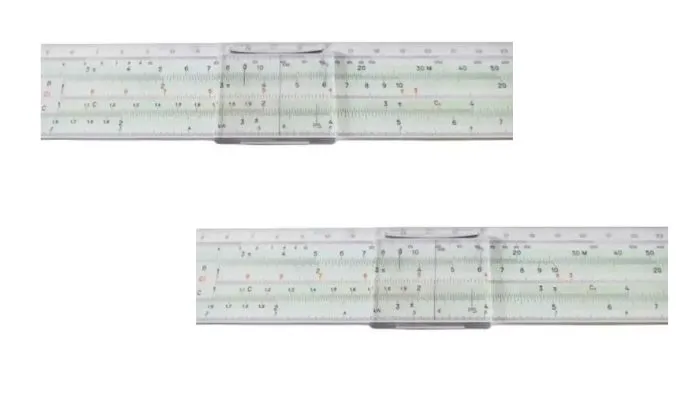What is Pattern?
In the context of the mechanical industry, a pattern refers to a replica or template used to create the shape and form of a part that will be produced through a casting or molding process. Patterns are essential in foundry and manufacturing processes where complex metal or plastic parts need to be produced in large quantities.

Here are the key aspects of patterns in the mechanical industry:
Template for Casting/Molding
Patterns serve as templates for creating molds in casting processes or molds in molding processes. The pattern is used to create an impression or negative space in the mold, which is then filled with molten metal or plastic to create the final part.
Materials
Patterns can be made from various materials, such as wood, metal, plastic, or composites, depending on the specific requirements of the casting or molding process. Wood patterns are common and are often used in sand casting processes due to their ease of shaping and cost-effectiveness.
Pattern Making
Pattern making is a skilled profession involving the creation of precise patterns based on engineering drawings or CAD designs. Pattern makers use their expertise to translate the design specifications into a physical pattern that can be used in the casting or molding process.
Types of Patterns
- Single Piece Pattern: A pattern that creates a single part in a mold.
- Split Pattern: Consists of two or more parts that can be separated to facilitate easy removal from the mold.
- Matchplate Pattern: A split pattern mounted on a matchplate, which is a large plate used in molding machines for high-production runs.
- Gated Pattern: Includes channels or gates that facilitate the flow of molten material into the mold.
- Sweep Pattern: Used for creating curved or irregular shapes.
- Follow Board Pattern: Used for irregular, asymmetrical shapes where the pattern is mounted on a follow board that contours to the shape of the pattern.
Importance
Patterns are crucial in ensuring that the final cast or molded parts have the correct dimensions, surface finish, and other required features. Properly designed and constructed patterns result in high-quality products with minimal defects.
Read also: Are PET Bottles Safe for us and the environment?
In summary, patterns in the mechanical industry are physical templates used in casting and molding processes to create parts with specific shapes and dimensions. Skilled pattern makers play a vital role in the manufacturing process by translating design specifications into accurate and functional patterns.
| Materials | Allowances (mm/100 mm) | Allowances (inch/feet) |
|---|---|---|
| Cast Iron | 1.0 | 1/8 |
| Iron | 2.1 | 1/4 |
| Brass | 1.6 | 3/16 |
| Copper | 1.6 | 3/16 |
| Aluminium | 1.6 | 3/16 |
Why Shrink Rule Used in Pattern Making?
Here’s why the shrink rule is used in pattern making:
- Compensating for Shrinkage: Different materials shrink at different rates. By applying the shrink rule, pattern makers can adjust the dimensions of the pattern to compensate for the expected shrinkage of the material being used. For example, metals and plastics have specific shrinkage rates that need to be considered during the pattern making process.
- Achieving Final Dimensions: The purpose of pattern making is to create a pattern that, when used in the casting or molding process, results in a final product with the desired dimensions. By making the pattern slightly larger than the final dimensions, the shrinkage that occurs during cooling brings the dimensions of the cast or molded product closer to the intended size.
- Precision and Accuracy: Manufacturers often require high precision and accuracy in their products. By accounting for shrinkage in the pattern making stage, they can ensure that the final products meet the desired specifications. Patterns that do not consider shrinkage can result in finished products that are smaller than intended, leading to rejects and rework.
- Cost-Efficiency: Using the shrink rule helps minimize the need for post-processing or machining to achieve the correct dimensions after casting or molding. This saves time, resources, and costs, making the manufacturing process more efficient and economical.
- Consistency: By consistently applying the shrink rule based on the material being used, manufacturers can produce products with consistent dimensions. This is crucial for industries where uniformity and consistency are essential, such as automotive or aerospace manufacturing.
In summary, the shrink rule is a fundamental principle in pattern making that ensures the final products meet the desired specifications by compensating for the shrinkage that occurs during the cooling or solidification process of materials. By understanding and applying the shrink rule correctly, pattern makers can produce high-quality patterns that result in accurately sized cast or molded parts.
Read also: Types of Cutting Tool Materials and Their Properties

nice article.thanks